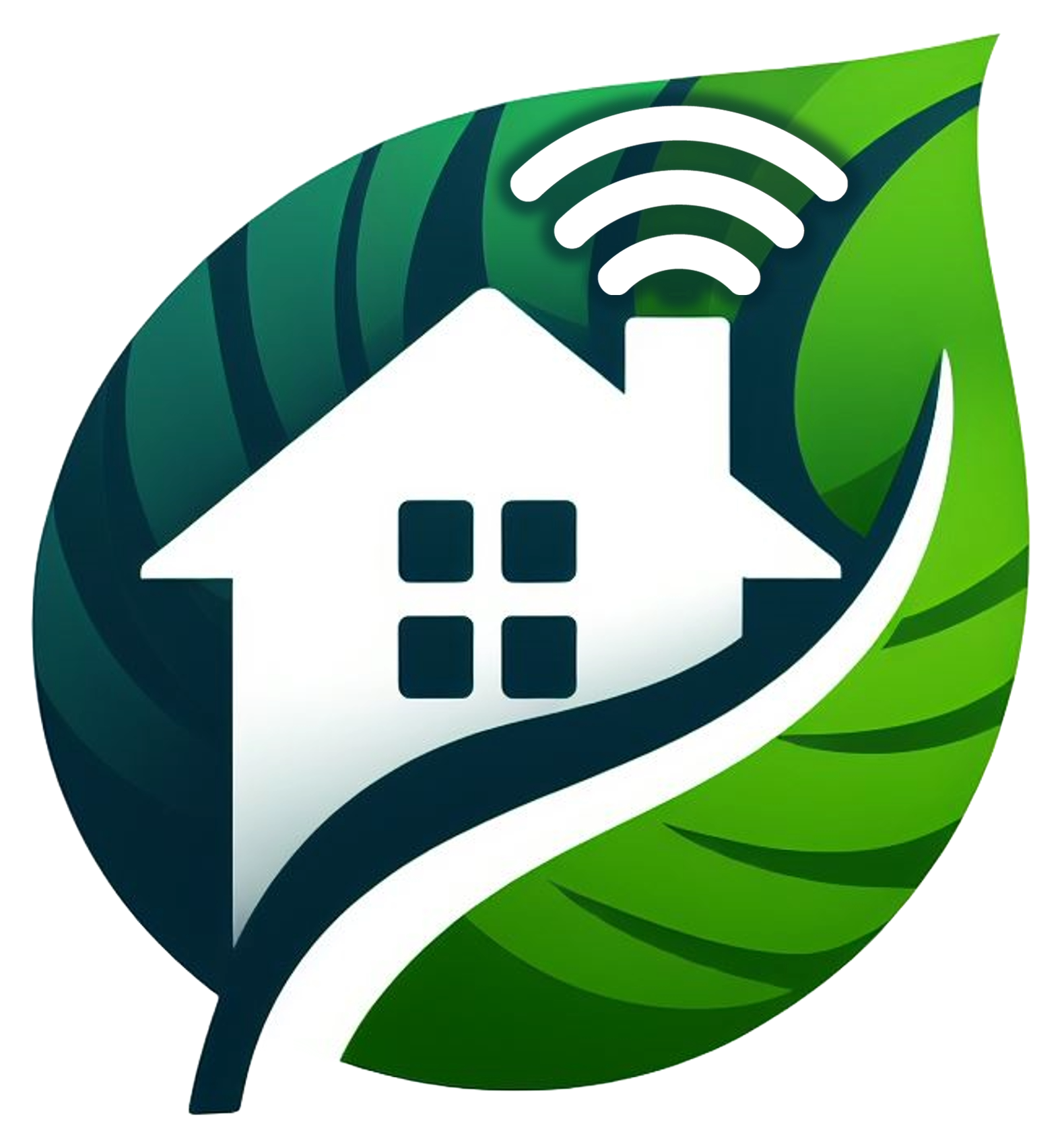Deliverables (Abstract)
Deliverable D1.1 - State of the Art
This deliverable provides an overview of the state of the art in End-User Development (EUD) of interactive systems based on Internet of Things (IoT) technologies, with a primary emphasis on sustainability objectives. After the introduction outlining the general landscape of IoT for the smart home domain, the Trigger-Action Programming EUD approach is described, considering the research and commercial applications, its practical implications, and the possible pitfalls. Then, approaches based on voice-based conversational agents for IoT are introduced, discussing the state of the art, the application domains, and the potential issues. Another emerging technology, Augmented Reality, is discussed afterwards. It is highlighted how Augmented Reality can allow a more natural interaction with the IoT ecosystem compared to traditional approaches. After this section, the concept of Explainability is introduced, in the sense of what explanations and suggestions needs lay users may have in IoT applications. The next section deals with defining Digital Twins, their applications to buildings and homes and, following a user-centered approach, the interaction with them and the evaluation of usability and user experience. An overview of the datasets related to smart homes and their appliance consumption is reported in the subsequent section. Finally, the diverse approaches aimed at fostering sustainability within the smart home context are introduced and discussed.
Deliverable D1.2 - Requirements and initial design specification of the GSH system
This deliverable describes the user research and design activities carried out to define the functional requirements and the architecture of the Green Smart Home (GSH) system. The GSH system will encompass a digital twin and a mobile application. The former will monitor the smart home consumptions and provide recommendations for conflict resolution between automations, the latter will provide end users with advanced End-User Development (EUD) techniques to create smart home automations. User research has been initially carried out through interviews with stakeholders, namely with experts in the home automation domain, and through two online surveys with a generic user population and a community of users interested in home automation respectively. Based on the data acquired in the previous step, user research proceeded with the creation of personas, scenarios and storyboards, which allowed defining the interaction requirements of the system. The user research activities led us to identify the functional requirements and delineate an architecture for the GSH system. The proposed architecture should provide an approach to the sustainable management of a smart home, integrating the various physical and digital resources in an EUD environment.
Deliverable D2.1 - Prototype of the EUD techniques
This deliverable describes the design and implementation of the EUD tools for creating and controlling the smart home automations. The development follows an iterative approach, in which prototypes are evaluated formatively in the lab and then in-depth with a user study. The purpose of these tools is to allow users to define automations in a simple way, even when they need to define an automated behaviour composed of several parts. The resulting platform should be able to provide more interactive and direct control of the environment with respect to traditional visual environments. Another key aspect is that the system must help the user understand the effects of the automations and their interdependencies in her environment, improving its transparency. For this reason, a tool (ExplainTAP) to identify and explain different types of conflicts and problems that may arise between automations or between automations and long-term user goals has been designed and developed. The deliverable also discusses how ExplainTAP integrates with the other tailoring components and how the prototypes fit into the overall project architecture.
Deliverable D3.1 - Prototype of the Digital Twin Interface
This deliverable describes the results of the prototyping activities carried out to design the interface of the Digital Twin (DT). Based on the user research performed in the previous work package, which led to the definition of interaction scenarios and storyboards, and on the functional and non-functional requirements, which led to the general architecture of the GSH system, an iterative approach has been adopted to create digital mockups and finally develop an interactive prototype of the DT interface.



